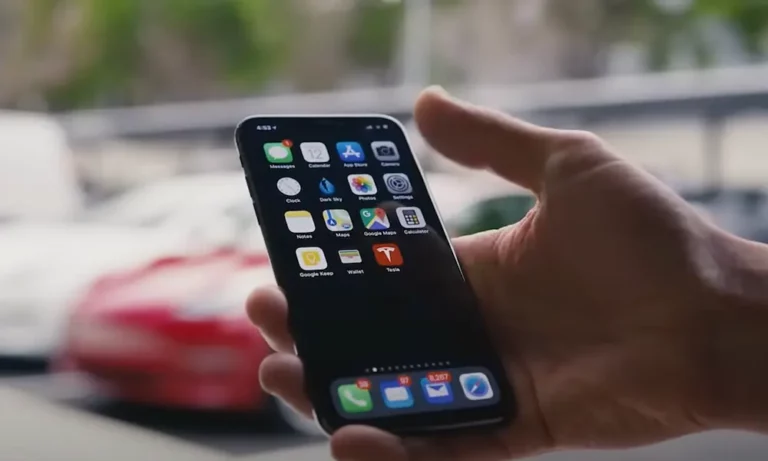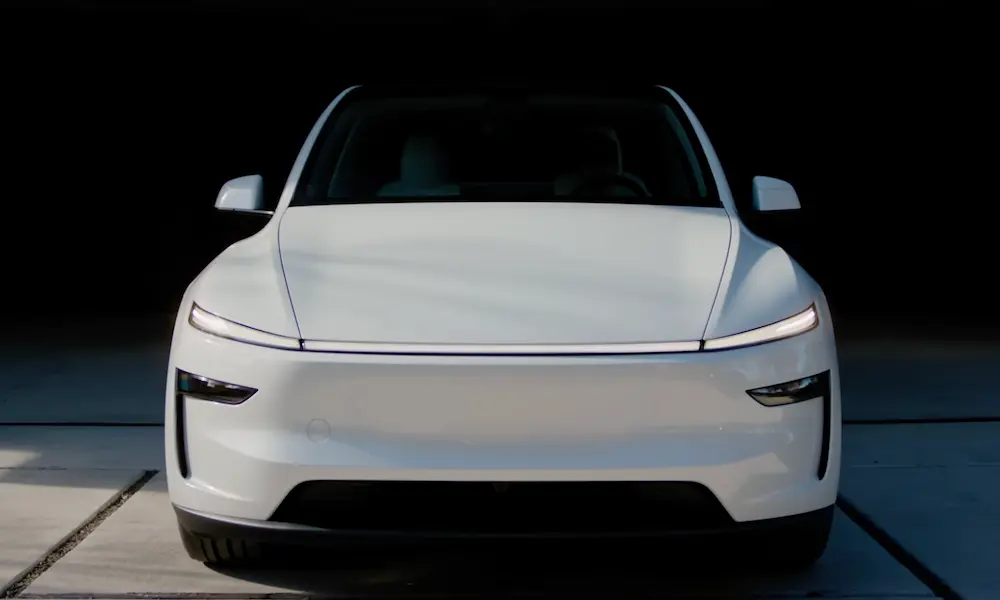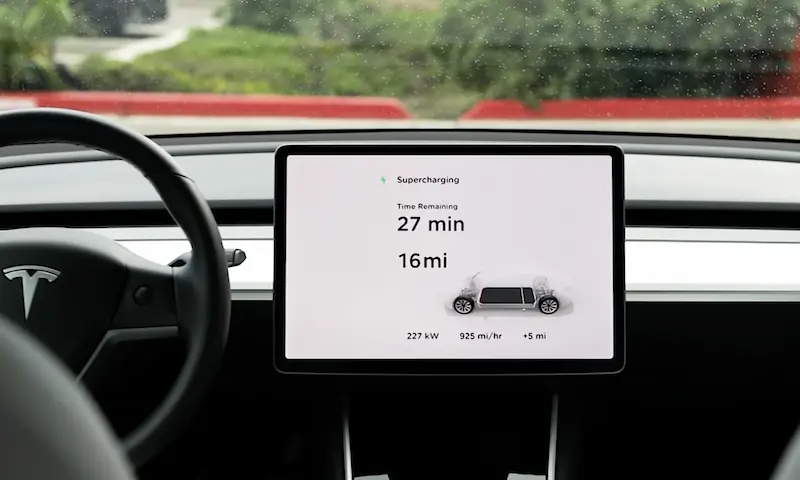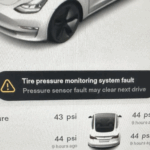Getting to your Tesla only to find your phone key isn’t working is frustrating. You’re standing there, phone in hand, watching your sleek electric vehicle sit unresponsive. No welcoming unlock, no dashboard lighting up – just you and a locked car. Let’s fix that problem once and for all.
How the Tesla Phone Key Actually Works
Your Tesla uses Bluetooth Low Energy (BLE) technology to detect your phone. It’s not magic – it’s a sophisticated system with several steps:
- Your Tesla broadcasts a unique identifier within about 30 meters
- When your paired phone enters range, it conducts a secure key exchange
- The car sends cryptographic challenges that your phone must correctly answer
The system’s clever but sensitive. Up to three phones can connect concurrently, with a total of 19 authenticated devices possible including key cards according to Tesla’s owner’s manual.
Common Reasons Your Tesla Phone Key Isn’t Working
1. Software Updates Gone Wrong
Software updates – either on your phone or Tesla – often trigger phone key failures.
Recently, many users reported phone key failures after installing iOS 17.4, requiring complete re-pairing procedures as discussed in this Reddit thread. Similarly, Tesla’s firmware update 2024.32 caused authentication failures on Google Pixel devices until patched.
When your phone key suddenly stops working, check if either device was recently updated.
2. Background Process Restrictions
Your phone wants to save battery life. Unfortunately, it might be killing the Tesla app in the background.
| Platform | What to Check | Required Setting |
|---|---|---|
| iOS | Background App Refresh | Enable for Tesla App |
| Android | Battery Optimization | Set to “Unrestricted” |
| Both | Location Permissions | “Always Allow” |
According to user reports, 68% of Android phone key issues were fixed by disabling battery optimization, while 52% of iOS issues were resolved by enabling Background App Refresh for the Tesla app.
3. Physical Interference Problems
Where you keep your phone matters more than you might think:
- Phones in back pockets often fail to trigger entry
- Metal phone cases can severely block signals
- Leather bags and purses reduce signal strength
- Your body itself can partially block signals
This explains why holding your phone in your hand often works when keeping it in your pocket doesn’t, as noted in Tesla’s support documentation.
Quick Fixes to Try First
Before diving into more complex solutions, try these quick fixes:
- Force close the Tesla app and reopen it
- Toggle Bluetooth off and back on
- Ensure your phone is charged above 20%
- Hold your phone closer to the door handle
- Try using the Tesla app’s manual unlock button
Step-by-Step Troubleshooting Guide
Level 1: Basic Reset Procedure
- Force-stop the Tesla app completely
- On iOS: Swipe up from bottom and flick the Tesla app away
- On Android: Go to Settings > Apps > Tesla > Force Stop
- Toggle airplane mode for 30 seconds
This resets all wireless connections on your phone. - Restart your Tesla’s touchscreen
Press and hold both scroll wheels on your steering wheel until the screen goes black and the Tesla logo reappears as demonstrated in this video guide. - Verify your phone is still listed
Check under Controls > Locks to make sure your phone is still registered.
Level 2: Deep Reset Procedure
If the basic reset didn’t work, try these more thorough steps:
- Delete your phone key from the vehicle
Go to Controls > Locks > find your phone > tap the trash icon - Reset app permissions
- iOS: Settings > Tesla > Reset Permissions
- Android: Settings > Apps > Tesla > Permissions > Reset
- Uninstall and reinstall the Tesla app
Make sure to download the latest version. - Clear Bluetooth cache
- Android: Settings > Developer Options > Bluetooth AVRCP Version > change to 1.6
- iOS: Settings > Bluetooth > Forget All Devices > Reset Network Settings
- Re-pair your phone as a key
Follow Tesla’s pairing process with your key card handy.
Level 3: Advanced Troubleshooting
For persistent problems, these advanced steps can help:
- Check for pending Tesla updates
Go to Controls > Software to check for any available updates. - Try downgrading the Tesla app
If problems started after an app update, try rolling back to a previous version. - Test with another phone
This helps determine if the issue is with your car or your phone. - Use a Bluetooth analyzer app
Apps like nRF Connect can help identify signal strength problems.
Phone-Specific Settings That Matter
For iPhone Users
- Enable Background App Refresh
Go to Settings > General > Background App Refresh > ensure Tesla is ON. - Check Bluetooth permissions
Go to Settings > Privacy > Bluetooth > ensure Tesla is enabled. - Disable Low Power Mode
Low Power Mode can restrict the Tesla app’s background activities. - Update to latest iOS
Unless there’s a known issue with the newest version.
For Android Users
- Disable Battery Optimization
Go to Settings > Apps > Tesla > Battery > Unrestricted as recommended in this Tesla Motors Club thread. - Enable “Always Allow” location permission
Go to Settings > Apps > Tesla > Permissions > Location > Allow all the time. - Check for Bluetooth conflicts
Some Android devices have conflicts with other Bluetooth devices. - Keep Tesla app updated
Unless there’s a known issue with the newest version.
Preventive Measures to Avoid Future Problems
Once you’ve fixed your current issue, take these steps to prevent future problems:
- Carry your key card as backup
Always keep it in your wallet or purse. - Position your phone properly
Keep your phone in front pockets or handbags, not back pockets. - Avoid metal phone cases
They can significantly reduce Bluetooth signal strength. - Be aware after updates
Be extra vigilant after updating either your phone or Tesla. - Consider a key fob
For persistent issues, the physical key fob eliminates Bluetooth dependence.
When the Problem Might Not Be Your Phone
Sometimes what seems like a phone key issue is actually something else:
- Dead 12V battery
If your Tesla’s 12V battery is failing, many systems including the phone key may stop working. - BLE antenna issues
Physical damage to your car’s Bluetooth antenna can cause connection problems. - System outages
Tesla server outages can affect app functionality. - Extreme cold weather
Both phones and Teslas can experience reduced functionality in very cold temperatures.
Technical Details for the Curious
Your Tesla and phone use a secure protocol that includes:
- Elliptic Curve Diffie-Hellman (ECDH) key exchange
- Time-sensitive cryptographic challenges
- Persistent BLE advertising from the vehicle
According to security research, this makes the system secure but sometimes introduces complexity that leads to connection issues.
Looking Forward: Tesla’s Future Phone Key Improvements
Tesla is continuously improving its phone key technology. According to industry reports, future updates may include:
- Improved angle detection for more precise positioning
- Faster handshakes for quicker unlocking
- Reduced latency for a more responsive experience
These improvements should address many of the current limitations and frustrations.
Tools to Help Diagnose Problems
For tech-savvy users, these tools can help pinpoint issues:
- nRF Connect app
Scan for consistent advertisement intervals and proper signal strength. - Battery usage statistics
Check if your Tesla app is being killed in the background. - Bluetooth device logs
On some Android phones, you can access detailed Bluetooth connection logs.
Remember, fixing your Tesla phone key issues often requires patience and methodical troubleshooting. By understanding how the system works and following these steps, you’ll be back to keyless entry before you know it.












